This article was medically reviewed by Luba Lee, FNP-BC, MS and by wikiHow staff writer, Amy Bobinger. Luba Lee, FNP-BC is a Board-Certified Family Nurse Practitioner (FNP) and educator in Tennessee with over a decade of clinical experience. Luba has certifications in Pediatric Advanced Life Support (PALS), Emergency Medicine, Advanced Cardiac Life Support (ACLS), Team Building, and Critical Care Nursing. She received her Master of Science in Nursing (MSN) from the University of Tennessee in 2006.
There are 20 references cited in this article, which can be found at the bottom of the page.
This article has been viewed 40,600 times.
Thrush is an infection caused by the fungus candida albicans, or yeast as it’s more commonly known.[1] Although yeast is naturally present in your body, certain imbalances can cause it to grow out of control, leading to thrush. Typically, if you have thrush on your nipples, it’s because your baby has oral thrush and it’s been passed to you through breastfeeding. Nipple thrush can be very painful, but luckily, it can be cleared up with proper treatment.
Steps
Treating the Infection
-
1Ask your doctor about prescription topical antifungal cream if you have nipple thrush. The easiest way to treat thrush is with a prescription cream, so if you suspect you have it, schedule an appointment with your doctor right away. If your doctor prescribes a topical antifungal, such as nystatin, miconazole, clotrimazole or gentian violet, follow your doctor’s orders or the label instructions on how often and when to use it. At each dosing, apply enough of the cream to completely cover your nipples.[2]
- If your physician's application instructions are different than the ones on the label, prioritize the orders given by your doctor.
- Do not cover the area with a bandage or any kind of wrap, as this can increase the chances of skin irritation. However, you can wear your normal clothing, including a bra.
- In most cases, you’ll need to apply the cream to your nipples 4 to 8 times daily after breastfeeding for 14 days.
- Some strains of candida may be resistant to topical antifungal medications. If your symptoms don’t ease during the course of treatment, ask your doctor to recommend another medication.
-
2Apply an azole antifungal cream for an OTC option. If you can’t get to the doctor right away or your thrush didn’t respond to the prescription cream, you can use an over-the-counter azole cream to treat your thrush. Apply this cream several times a day, especially after feedings. If any of the cream is still there the next time you get ready to nurse, wipe it away with a tissue or paper towel before you breastfeed.[3]
- These may be labeled as a yeast infection cream like Monistat (miconazole) or an antifungal like Lotrimin (clotrimazole).
- If you started out with the prescription cream, finish your entire prescription before you switch to an over-the-counter option, unless your doctor directs otherwise.
Advertisement -
3Ask your doctor about an oral antifungal medication. If topical treatments do not help, then using an oral antifungal medication may be necessary. Your doctor may prescribe fluconazole (Diflucan) if your infection does not respond to topical medicines. You’ll likely start off with a high dose, such as 200 to 400 mg, and then take a smaller dose of 100 to 200 mg daily until the infection clears.[4]
- Ketoconazole is another option if fluconazole does not help.
-
4Take the entire course of your medication, even if your symptoms improve. Follow the label instructions or your doctor’s orders on how long to use the medicine. Otherwise, the infection could return, and it may be harder to treat if the fungus develops a resistance to the medication you used.[5]
- Your symptoms may improve after about 2-3 days, but it can take a week or more for the infection to clear up fully.
-
5Try taking supplements along with your medicine. Certain supplements may help your body fight off a yeast infection. However, it’s important to use these in addition to a prescription or over-the-counter treatment, and not in place of it.[6]
- Try taking Lactobacillus acidophilus tablets as directed on the package, for instance. The beneficial bacteria in this probiotic are already naturally found in your body, and they may be able to help your body correct a yeast imbalance.[7]
- You might also try taking 250 mg of grapefruit seed extract a day, as this may help inhibit the yeast from growing.[8]
-
6Visit your pediatrician to ask about medications for your baby’s thrush. Your pediatrician will likely recommend either a nystatin suspension or a miconazole oral gel. These medications will need to be administered orally by a dropper. The doctor will give you precise dosing instructions based on your baby’s age and weight, or they will advise you to follow the dosing instructions on the medication’s label.[9]
- Do not give any medications to your baby without talking to your pediatrician first.
- Since thrush is so contagious, it’s important to treat your baby’s thrush at the same time as your own.
- If anyone else in your family has a yeast infection, including a diaper rash, vaginal yeast infection, or foot fungus, treat that at the same time as well.[10]
Easing Your Discomfort
-
1Offer your baby short, frequent feedings while you have thrush. Breastfeeding can be extremely painful if you have thrush, but it may be easier if you feed your baby for a shorter time, but more frequently. Also, try starting with the least painful breast, since your baby is likely to feed from that side longer.[11]
- For instance, if you normally feed your baby for 20 minutes every 2 hours, try feeding them for 10 minutes every hour, instead.
-
2Use crushed ice to numb your nipples before you nurse. Place some crushed ice in a plastic bag or wrap it in a paper towel, then apply the ice to your nipples for about 5 minutes before you nurse. This may help relieve some of the pain that you experience during breastfeeding.[12]
- Discard the bag or paper towels after you use them on your nipples; otherwise, they could spread the infection.
- Don't apply ice directly to your skin, and don't leave it on for longer than 5-10 minutes, as doing so can damage your skin.
-
3Pump your milk and offer it to your baby if breastfeeding is too painful. If you have one, you can use a manual or an electric breast pump, or you can even express it by hand if you need to. Place the milk in a bottle or a cup and offer that to your baby to avoid the additional pain from breastfeeding.[13]
- Avoid freezing this expressed milk to use later. The yeast will not be killed by freezing it, so it may be possible to reinfect your baby with this milk.
- If even pumping is too painful, you can supplement your baby's diet with formula.
-
4Take a mild over-the-counter pain medication to help relieve your pain. The pain from nipple thrush can sometimes last up to an hour after a feeding, but it may be somewhat alleviated by a mild pain medication like ibuprofen or acetaminophen. However, talk to your doctor about what’s safest for you to take while you’re breastfeeding.[14]
- Do not take aspirin while you’re breastfeeding. Aspirin can cause a rare but dangerous disorder called Reye’s syndrome in infants and young children, and it’s unknown how aspirin in your breastmilk may affect your baby.[15]
-
5Reduce sugar, yeast, and dairy in your diet. You may notice that your thrush symptoms seem to get worse when you eat certain foods, like treats that are high in sugar or carbs, dairy products, or foods with yeast, including most breads. Try eliminating these foods from your diet—or at least cut back on them—to see if that helps relieve your discomfort while you’re fighting the infection.[16]
Tip: Sugars in particular seem to make thrush symptoms worse, so avoid fruits, juices, desserts, and other sweet treats.[17]
Preventing the Spread of Thrush
-
1Wash your hands frequently with soap and water. It’s always a good practice to wash your hands frequently, but if you have a contagious infection like thrush, it’s especially important. Use soap and water to wash your hands any time you nurse, change your baby’s diaper, or touch your breasts.[18]
- Dry your hands with a paper towel and discard it to prevent spreading the infection to a towel.
Tip: When you shower or bathe, use your own towel, and do not share your towel with other family members. You should also wash your towel after each use to avoid re-exposure to the yeast.
-
2Use hot water and bleach to wash all of your clothing. Set your washing machine to the hottest setting and add bleach to the wash cycle to kill the yeast. You’ll especially want to use care when you wash your bras, bra pads, nightgowns, or any other clothing that touches your breasts. When you’re finished, dry the clothes on the hottest setting on your dryer or hang them in the sun to dry. Ensure that your clothing and undergarments are completely dry before wearing them.[19]
- If you use cloth diapers, you should do the same thing with them, especially if your baby has a diaper rash. However, it may be best to switch to disposable diapers until the infection is cleared up.
-
3Wear cotton bras and avoid reusable breast pads. A cotton bra will allow your nipples to breathe better than a synthetic material bra. It’s best to avoid wearing breast pads in your bra as these tend to hold onto moisture.[20]
- If you do wear pads to control leaks, wear disposable pads and change them often.
-
4Sanitize any bottles, pacifiers, or toys your baby puts in their mouth. Pay close attention to anything your baby puts in their mouth, and clean it as soon as possible to help prevent spreading the infection. Boil bottles and pacifiers, use non-toxic sanitizing sprays or wipes on hard toys, and wash plush toys in hot water and dry them in high heat.[21]
- If you’re not sure how to clean an object, pour some drinking alcohol, such as high-proof vodka, into a spray bottle, and liberally spritz your child’s toys. The alcohol will evaporate, but first, it will sanitize the surface. Allow the alcohol to completely dry before you give the item back to your child.
-
5Avoid using antibacterial soaps. While you’re fighting a thrush infection, it might be tempting to use all of the germ-killing products you can. However, antibacterial soaps can kill the good bacteria that can help keep yeast under control, so it’s best to just use regular soap, instead.[22]
- Also, since candida is a fungus, the antibacterial soaps won't be effective at healing your yeast infection.
Identifying Nipple Thrush
-
1Pay attention to whether you have persistent nipple pain. Nipple thrush might cause a burning, itching, or stabbing pain in your nipples, and it might even radiate deep into your breast. This pain may occur during or after breastfeeding, and it can last for up to an hour after you feed your baby.[23]
- Although a poor latch can often lead to pain during breastfeeding, pain due to thrush will not be relieved if you change your nursing position or your baby’s latch improves.[24]
Tip: You may have an increased risk of thrush if you or your baby have taken antibiotics recently. Also, you may be more susceptible if you are taking oral birth control or steroids, or if your nipples are already cracked.[25]
-
2Notice whether the pain is in one or both breasts. Since thrush is so contagious, it’s likely going to be transferred to both of your breasts as your baby feeds. If you’re only having pain in one of your breasts, it is unlikely that the cause is thrush. However, if the pain persists, you should still see your doctor.[26]
- If your nipples look flattened, misshapen, or white after you breastfeed, the pain is likely due to a poor latch.[27]
- If you only experience pain in one breast, if you have a fever, or if you notice a warm, red patch on your breast, you may have mastitis, a painful infection of your breast tissue. If you think you have mastitis, see your doctor right away.
-
3Examine your nipples to see if they look red, shiny, or flaky. If you have nipple thrush, you may notice that the appearance of your nipples has changed. In addition to the pain, your nipples may seem abnormally red, or they might look shiny, flaky, or even cracked. In some cases, you might also see a rash with small white blisters.[28]
- In addition, any cracks or other damage may be especially slow to heal.[29]
-
4Check your baby for white plaques on their cheeks or gum. If you have nipple thrush, your baby most likely has oral thrush, or a yeast infection in their mouth. Gently open your baby’s mouth with your fingers and check inside for any white or red patches that don’t go away when you rub them. If you suspect that your baby has thrush, make a pediatrician appointment as soon as you can.[30]
- You may also notice that your baby seems fussy during or between feedings, and they may make a clicking sound as they nurse.[31]
Warnings
- Be sure to treat your baby’s oral thrush at the same time as your nipple thrush or you’ll continue to spread the infection back and forth.⧼thumbs_response⧽
- Always talk to your pediatrician before giving your baby any type of medication.⧼thumbs_response⧽
- Do not take aspirin while you are breastfeeding.⧼thumbs_response⧽
References
- ↑ https://my.clevelandclinic.org/health/diseases/10956-thrush
- ↑ https://www.seslhd.health.nsw.gov.au/sites/default/files/groups/Royal_Hospital_for_Women/Mothersafe/documents/Breast-nipple-thrush.pdf
- ↑ https://www.llli.org/breastfeeding-info/thrush/
- ↑ https://www.laleche.org.uk/thrush/
- ↑ https://my.clevelandclinic.org/health/diseases/10956-thrush
- ↑ https://my.clevelandclinic.org/health/drugs/15829-herbal-supplements
- ↑ https://www.ncbi.nlm.nih.gov/pmc/articles/PMC7023241/
- ↑ https://www.ncbi.nlm.nih.gov/pmc/articles/PMC6538181/
- ↑ https://www.hct.nhs.uk/children-and-families/minor-illness/management-of-thrush-in-babies/
- ↑ https://www.thewomens.org.au/health-information/breastfeeding/breastfeeding-problems/breast-and-nipple-thrush
- ↑ https://www.llli.org/breastfeeding-info/thrush/
- ↑ https://www.llli.org/breastfeeding-info/thrush/
- ↑ https://kidshealth.org/en/parents/breastfeed-discomfort.html
- ↑ https://www.babycenter.com/baby/breastfeeding/thrush-in-breastfeeding-moms_8486
- ↑ https://kidshealth.org/en/parents/reye.html
- ↑ https://intermountainhealthcare.org/blogs/topics/live-well/2018/03/preventing-vaginal-yeast-infections-with-lifestyle-and-diet-changes/
- ↑ https://www.laleche.org.uk/thrush/
- ↑ https://www.thewomens.org.au/health-information/breastfeeding/breastfeeding-problems/breast-and-nipple-thrush
- ↑ https://www.nhs.uk/common-health-questions/infections/can-clothes-and-towels-spread-germs/
- ↑ https://www.laleche.org.uk/thrush/
- ↑ https://medlineplus.gov/ency/article/007615.htm
- ↑ https://www.rch.org.au/kidsinfo/fact_sheets/Vulvovaginitis/
- ↑ https://www.nhs.uk/conditions/pregnancy-and-baby/breastfeeding-and-thrush/
- ↑ https://www.thewomens.org.au/health-information/breastfeeding/breastfeeding-problems/breast-and-nipple-thrush
- ↑ https://medlineplus.gov/ency/article/000880.htm
- ↑ https://www.nhs.uk/conditions/pregnancy-and-baby/breastfeeding-and-thrush/
- ↑ https://www.laleche.org.uk/thrush/
- ↑ https://www.llli.org/breastfeeding-info/thrush/
- ↑ https://www.thewomens.org.au/health-information/breastfeeding/breastfeeding-problems/breast-and-nipple-thrush
- ↑ https://www.llli.org/breastfeeding-info/thrush/
- ↑ https://www.laleche.org.uk/thrush/
- ↑ https://my.clevelandclinic.org/health/diseases/10956-thrush

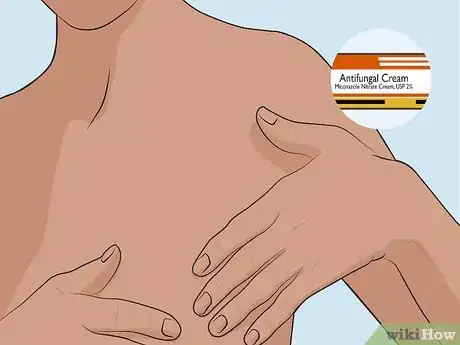
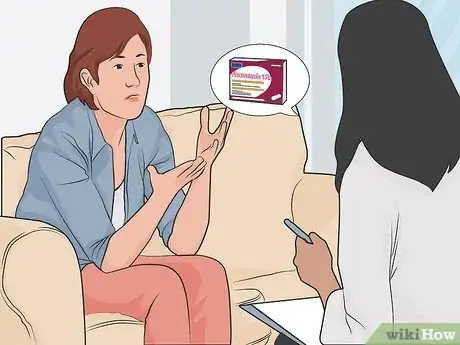
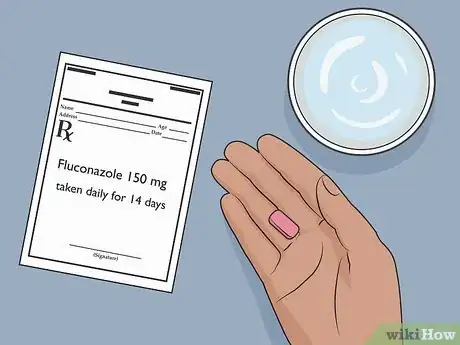
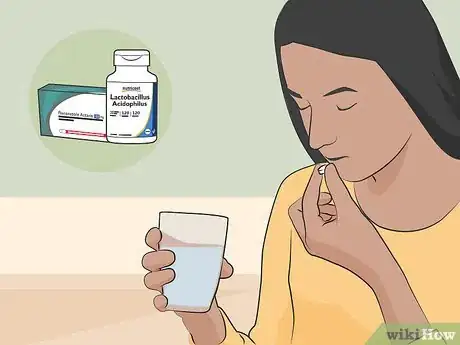
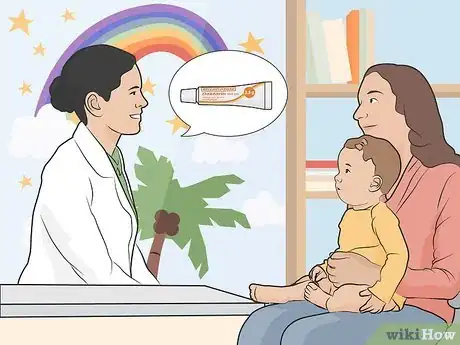
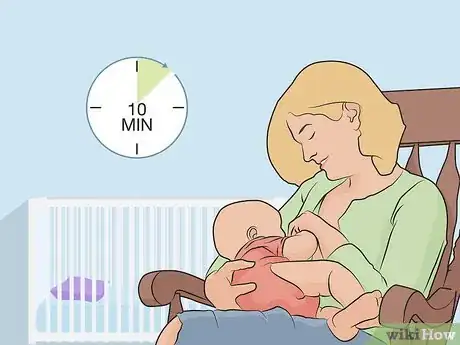


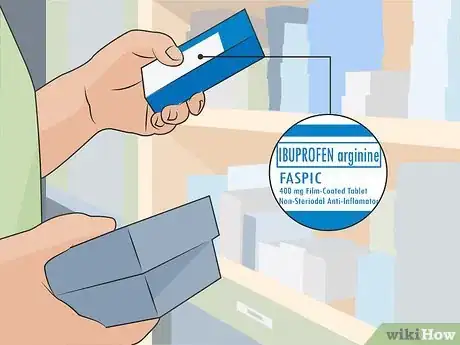
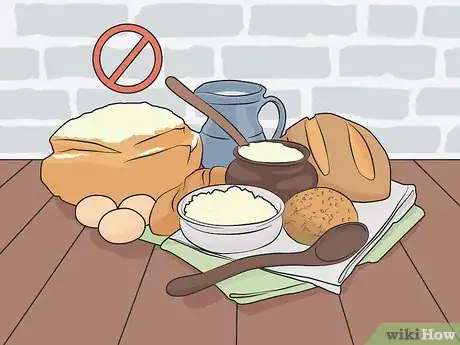
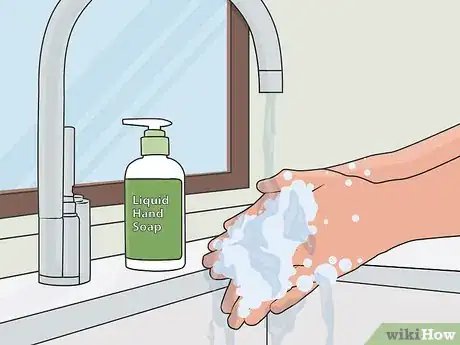
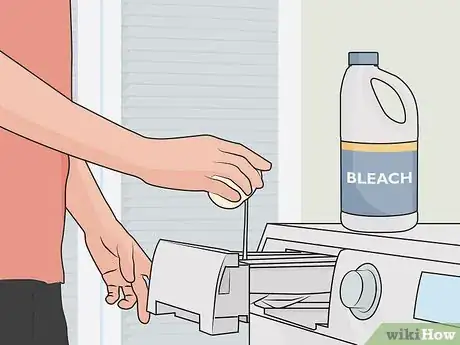
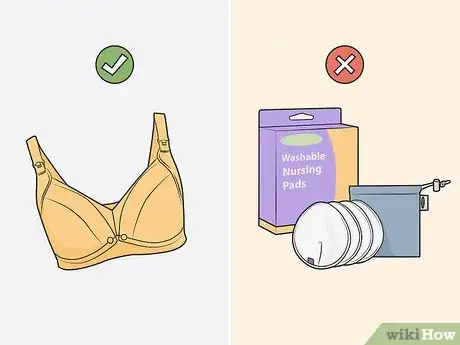
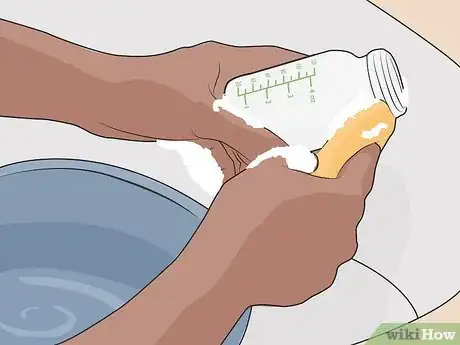
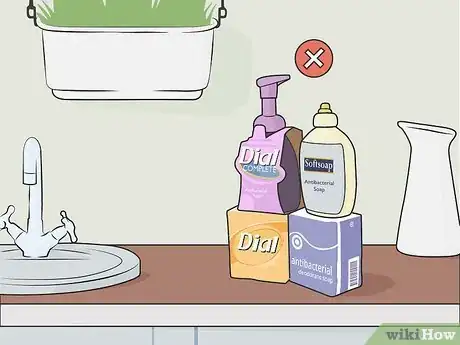


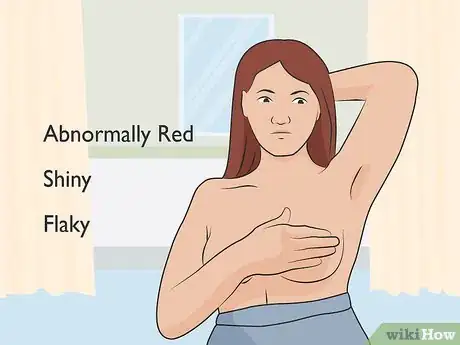
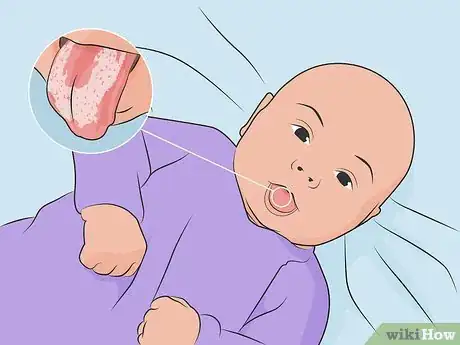

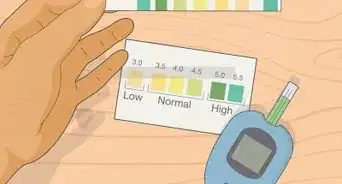

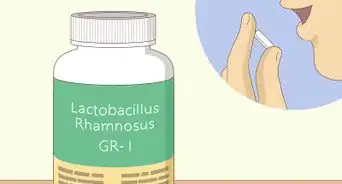

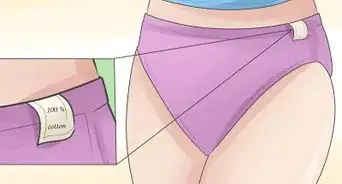

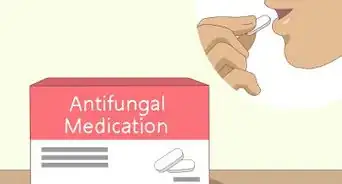
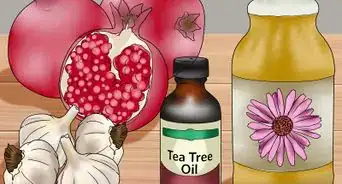
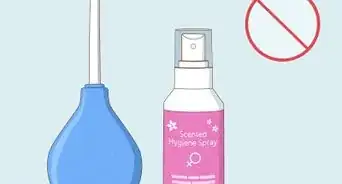

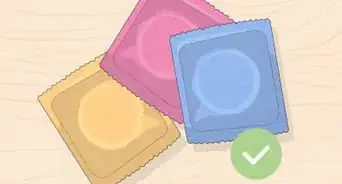

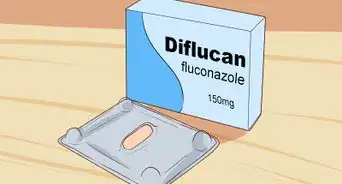








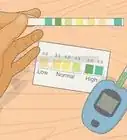

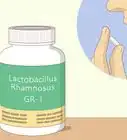



































Medical Disclaimer
The content of this article is not intended to be a substitute for professional medical advice, examination, diagnosis, or treatment. You should always contact your doctor or other qualified healthcare professional before starting, changing, or stopping any kind of health treatment.
Read More...